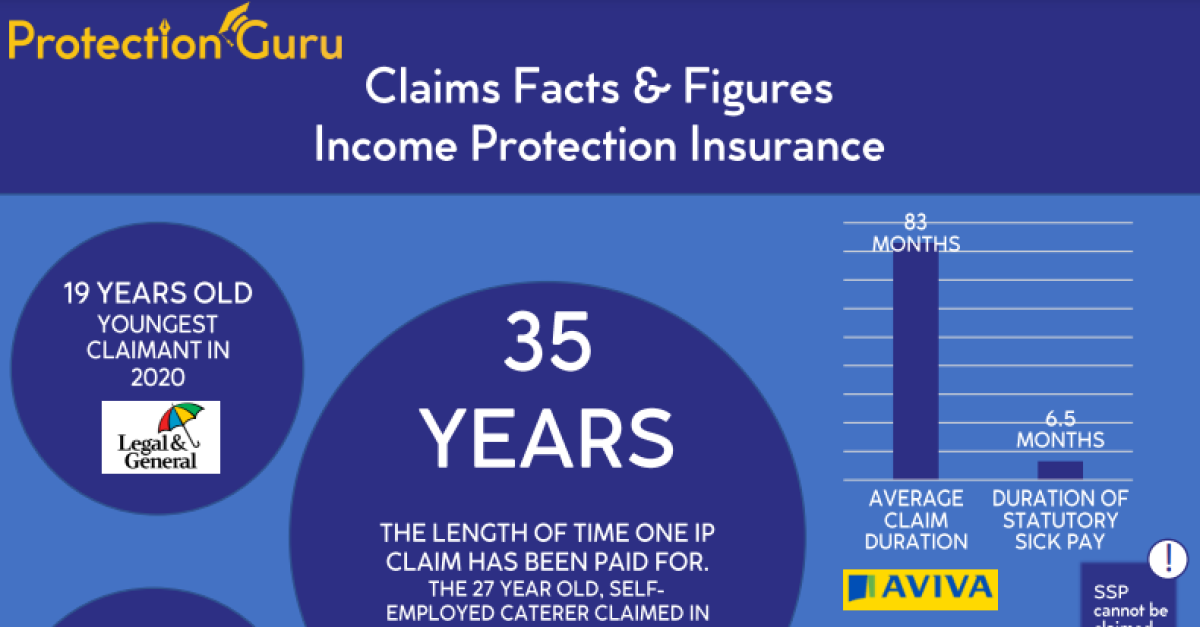
LV=’s 35 year Income Protection claim… that is still being paid

When speaking to clients about protecting their income there are many objections that might be thrown at you. “I’m too young”, “I’m healthy”, “if I’m ill I won’t be off for a long time” might be some of the more common, especially in younger clients. Whilst statistically, a younger person is less likely to need a long period off work, it does happen and the story of one claim from LV= highlights exactly why younger clients should be prioritising Income Protection.
To fully explain the claim, we need to go back to 1986 when our 27 year old claimant, Jill* was working as a freelance caterer. She sadly suffered from a hemorrhage which led to her being diagnosed with epilepsy. Jill was treated for the epilepsy but only had a partial response and continued to suffer from seizures which could also cause falls. Additionally, she had left sided hemiparesis (weakness or inability to move one side of the body) with poor control of her left foot which could cause her to trip and fall.
16 months prior to this diagnosis, Jill had taken out an income protection plan with LV=. As she was paying her premiums on an annual basis, she had paid two premiums of approximately £122 each so a total of around £245.
After reviewing the case, LV= commenced the income protection claim which in November 1986 was paying the equivalent of £93.59 per week. It was immediately evident that Jill would be permanently incapacitated due to her condition and although annual reviews have been carried out there is no question of the claim stopping.
Fast forward nearly 35 years and LV= continue to support Jill. She is now 63 years old and had set the income protection plan to cease at age 65, meaning the plan could have been in payment for 37 years by its close.
Clearly the financial support provided to Jill by LV= would have been invaluable and relieved a lot of financial stress. As such the income protection plan taken out way back in 1986 must be one of the best decisions Jill has ever made.
37 years
The number of years LV= would have been paying the claim when the policy ceases
Perhaps the second best decision she made however, was to index link the income protection plan. As any good financial adviser will attest, inflation can have a huge impact on the buying power of money and £93.59 per week in today’s money will buy an awful lot less than it would have in 1986. Thanks to indexation, Jill is now receiving £273.07 per week which is nearly three times the amount she received in 1986.
£93.59
Weekly benefit paid in 1986
£273.07
Weekly benefit paid in 2021
A 292% increase
To put this in context we have carried out some very scientific (a quick ONS search) research into what certain things may have cost (broken down to a weekly cost to align with the benefit being paid) in 1986 compared to their equivalent cost today:
Item |
Cost in 1986 |
Cost Today |
Council Tax (Domestic Rate in 1986) |
£5.25 per week |
£34.96 per week |
Energy Bill (Gas & Electric) |
£16.26 per week |
£86.83 per week |
1 loaf of Bread |
£0.44 |
£1.06 |
1 pint of milk |
£0.24 |
£0.43 |
250g butter |
£0.52 |
£1.74 |
1kg cheddar cheese |
£2.75 |
£6.20 |
1kg Bacon |
£3.92 |
£7.65 |
1 dozen large free range eggs |
£0.91 |
£2.12 |
1kg minced beef |
£2.64 |
£6.10 |
1kg Apples |
£0.75 |
£2.35 |
1kg Potatoes |
£0.26 |
£1.34 |
1kg of sugar |
£0.47 |
£0.71 |
Total |
£34.41 |
£151.49 |
%age of initial weekly benefit |
36.8% |
161.9% |
Cleary this is for illustrative purposes only and based on the amount of some of the goods, a person might not need to spend this each week. It does however highlight (even without the cost of rent or a mortgage) how precarious things might be if Jill had not index linked her income protection benefit.
Over
£309,000
paid in benefits to date
To date, LV= have paid in excess of £309,000 in benefits to Jill, which given that she paid just two annual premiums of £122 is astonishing. LV= now check in with Jill every two years to see how she is doing and if there are any changes in her circumstances. It is likely that benefits will be paid for the remainder of the term of the plan which was set to her age 65 in July 2023. By this point LV= would have supported her for 37 years throughout which time we hope Jill was able to put some money away for her retirement.
There are so many aspects of this claim that highlight the need for income protection from a young age. Jill was young when she suffered from the hemorrhage, she was seemingly healthy leading up to the event and she was and will be unable to work for the rest of her life. Fortunately in this case, Jill had the right protection in place and had index linked her policy. What all clients should answer is how would they cope if this happened to them? Short term income protection plans were not available in 1986, however many clients today may consider taking one to cut costs. The longevity of this claim highlights that if the client can afford it, a full term benefit is by far preferable.
*Jill is not the client’s real name and has been used for illustrative purposes


















